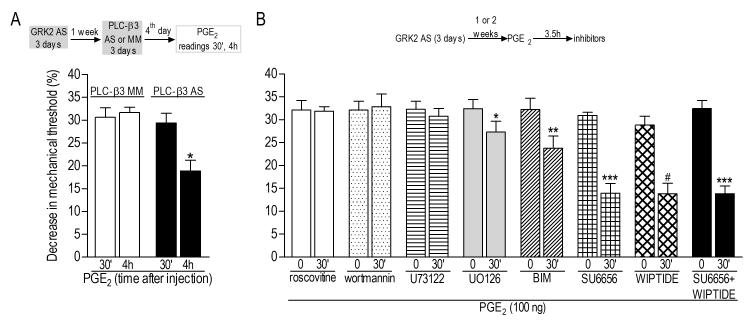Figure 6. Second messengers involved in the prolongation of PGE2 hyperalgesia induced by previous knockdown of GRK2.
Rats were treated with antisense (AS) for GRK2 for 3 consecutive days. At least one week after AS treatment, PGE2 (100 ng, i.d.) was injected into the hind paw. A. Rats previously (1 week before) treated with GRK2 AS received AS- or MM-ODN for PLC-β3 for 3 consecutive days. Test with PGE2 was performed on the 4th day. Average baseline mechanical thresholds immediately before PGE2 injection were 107.0 ± 2.4 g (GRK2 AS/PLC-β3 MM) and 110.3 ± 2.3 g (GRK2 AS/ PLC-β3 AS). Importantly, treatment with ODNs did not induce significant changes on the baseline thresholds (data not shown, see Section 2.6). Although paired Student’s t-test showed no difference in the PGE2-induced hyperalgesia 30 min and 4 h after injection in the PLC-β3 MM group (p=0.6392, N=6 per group), in the AS group there was significant decrease in the magnitude of mechanical hyperalgesia on the 4th h after the injection (*p=0.0046, N=6 per group); B. Inhibitors of signaling pathways were injected, in different groups of rats, 3.5 h after PGE2, when the mechanical threshold had decreased, in average, 31.6 ± 0.6 % (comparison of the mechanical thresholds before (110.8 ± 0.6 g) and 3.5 h after PGE2 injection (75.7 ± 0.7 g, immediately before inhibitors injection) showed significant hyperalgesia: p<0.0001, paired Student’s t-test, N=48, data not shown). Readings were taken before and after the inhibitors (roscovitine: Cdk5 inhibitor / wortmannin: PI-3K inhibitor / U73122: PLCγ inhibitor / UO126: ERK/MEK inhibitor / BIM: non-selective PKC inhibitor / SU6656: Src inhibitor / WIPTIDE: PKA inhibitor) (N=6 per group; each group of bars represents a different group of rats/inhibitor test). Paired Student’s t-test for each inhibitor showed lack of effect of roscovitine (p=0.8945), wortmannin (p=0.6109) and U73122 (p=0.1852). However, significant inhibition of prolonged PGE2 hyperalgesia was observed after injection of U0126 (*p=0.0074), BIM (**p=0.0026), SU6656 (***p=0.0002), WIPTIDE (#p=0.0010), and SU6656+WIPTIDE (***p=0.0002).

